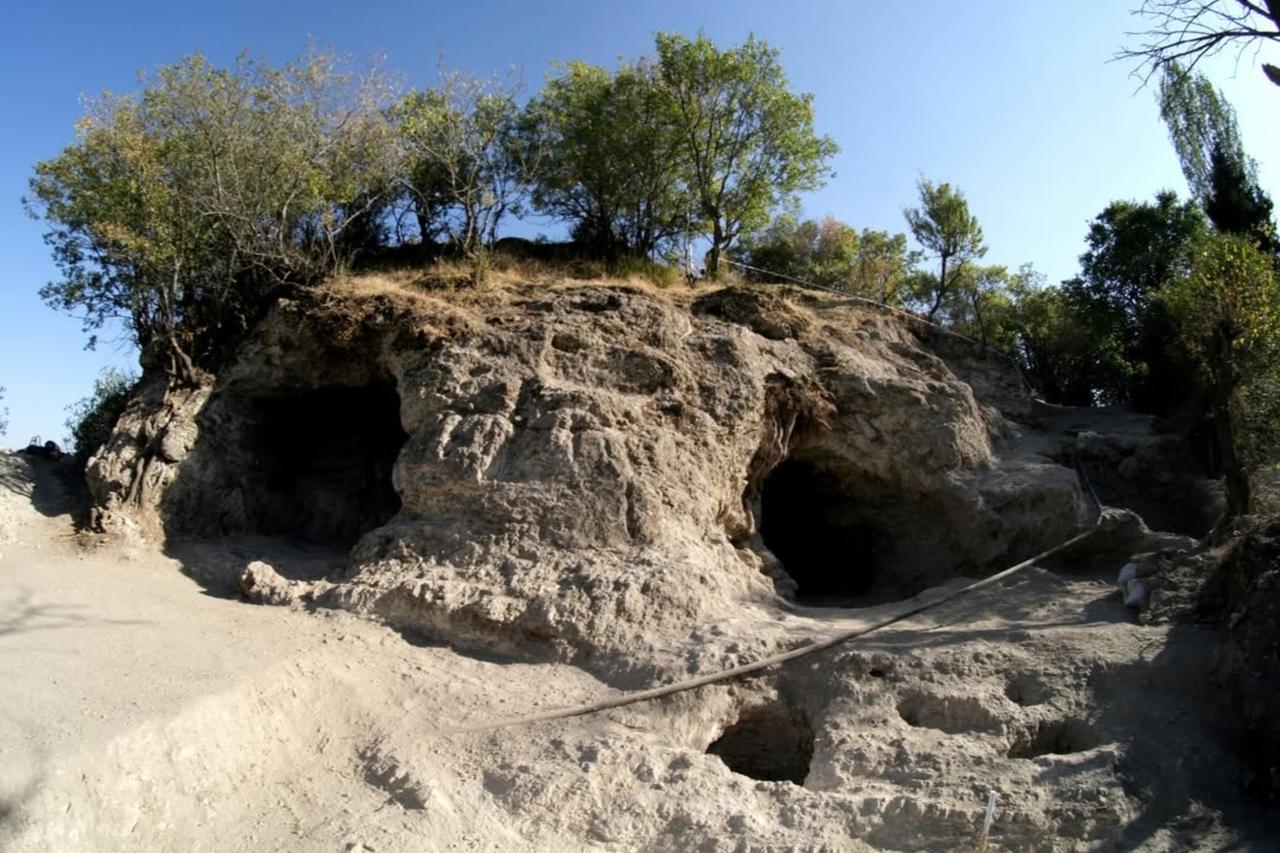
Archaeologists working on the ancient city of Attouda in Denizli have brought to light a sacred area dedicated to the Phrygian Mother Goddess Matar, dating roughly 2,600 to 2,800 years ago.
The discovery includes a rock monument, a sacred cave, and a distinctive “twin rock idol,” and is being described by the team as evidence that the religious footprint of the Phrygians reached as far south as Denizli.
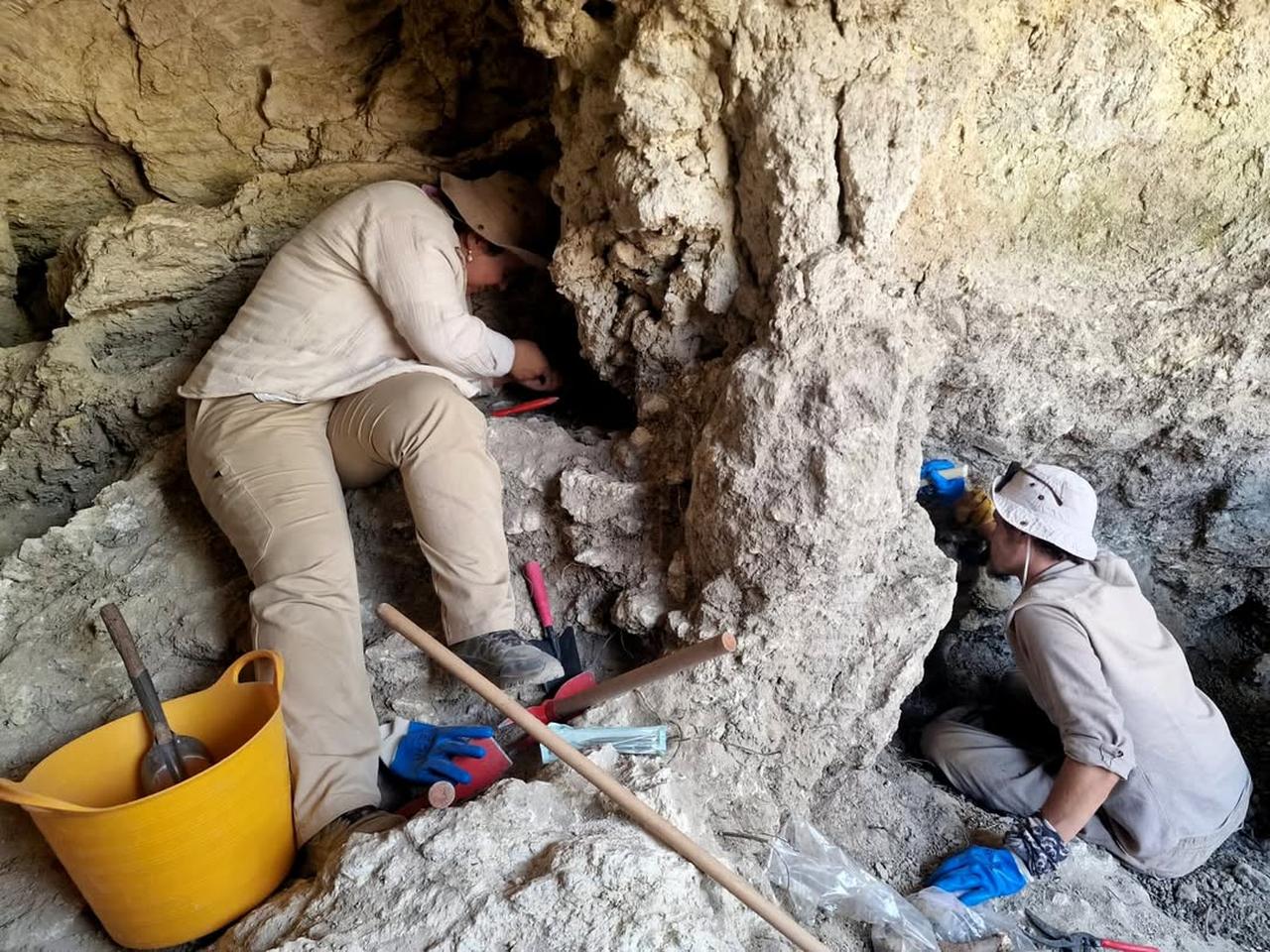
Excavations at Attouda are proceeding with the permission and support of the Ministry of Culture and Tourism’s General Directorate of Cultural Assets and Museums.
The field project is led by Denizli Museum Director Hulusi Unsal, with scientific oversight by Assoc. Prof. Bilge Yilmaz Kolanci from Pamukkale University’s Department of Archaeology, within the “Heritage for the Future" project.
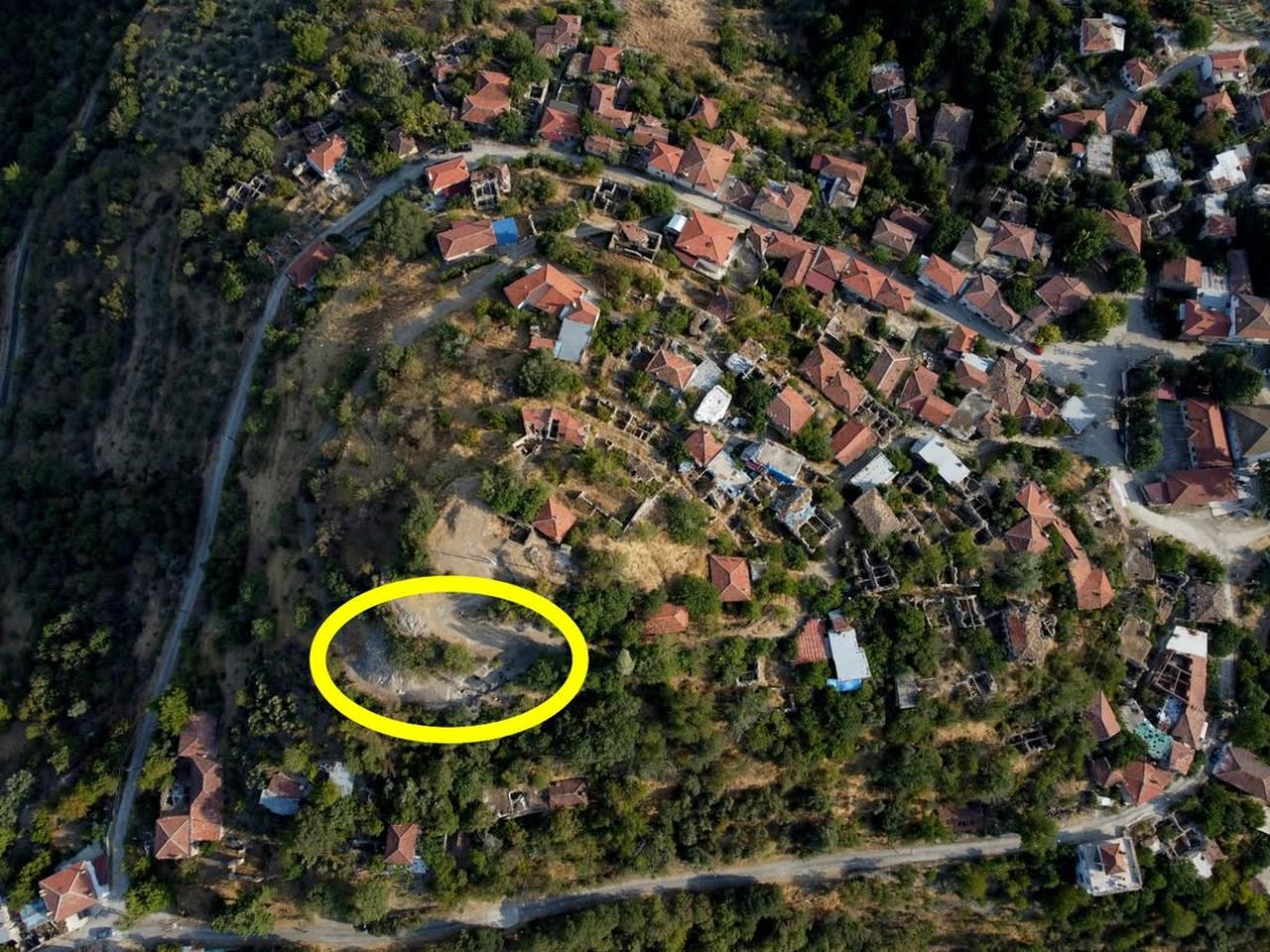
In the 2025 season, the team focused on Asar Hill, the acropolis of the ancient city. There they identified a substantial ritual complex devoted to Matar, the Phrygian Mother Goddess also known as Kybele, where ceremonies and rites were carried out.
The complex features an open-air rock monument dated to the 8th–6th centuries B.C., a sacred cave dedicated to the goddess, and—situated between them—the twin rock idol representing Matar.
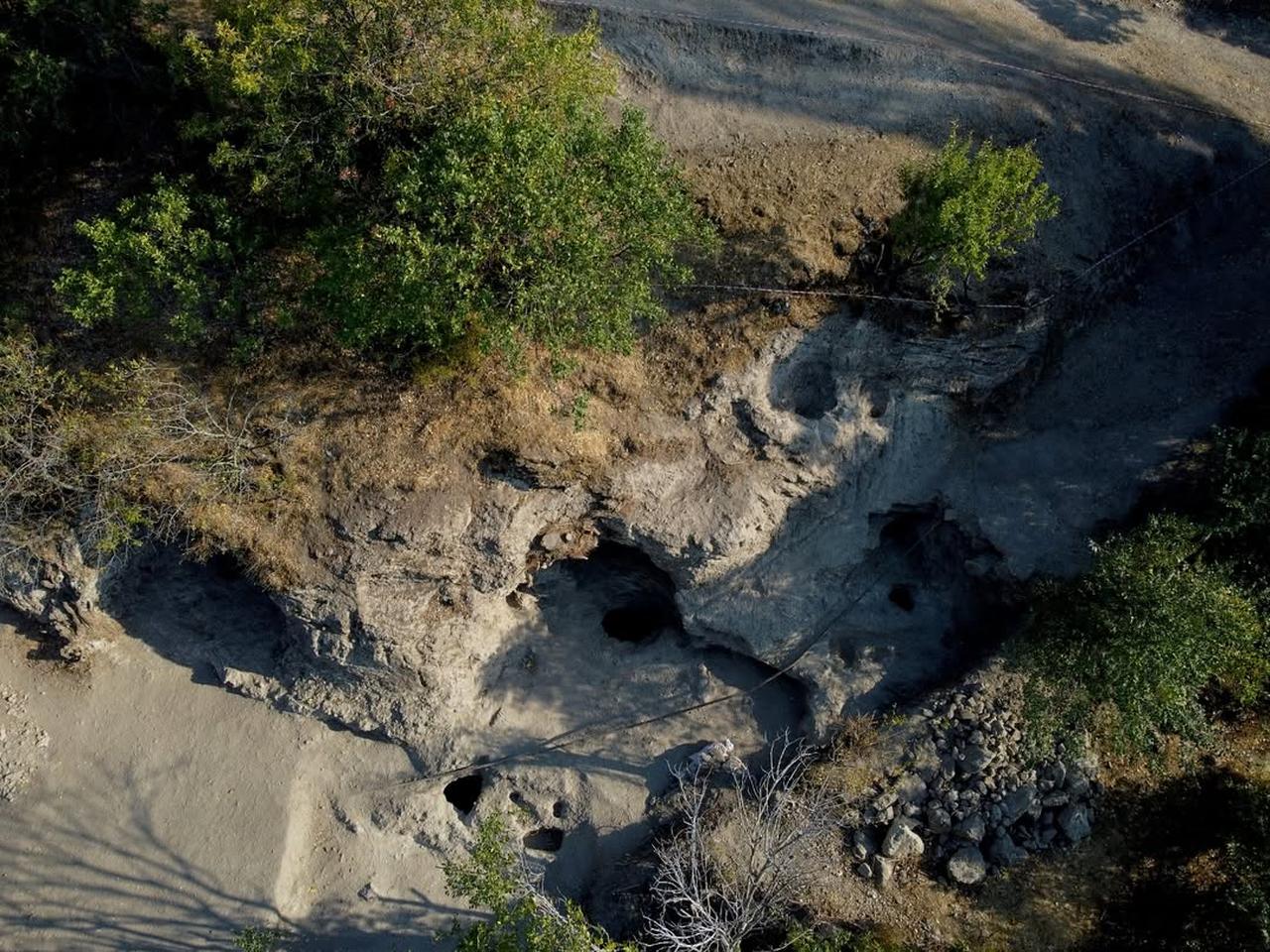
According to the scientific director, rock idols of this type had previously been documented only in Mountainous Phrygia, a region centered on today’s Eskisehir, Afyonkarahisar, and Kutahya.
Their appearance at Attouda indicates that the cultic sphere of the Phrygians extended to Denizli.
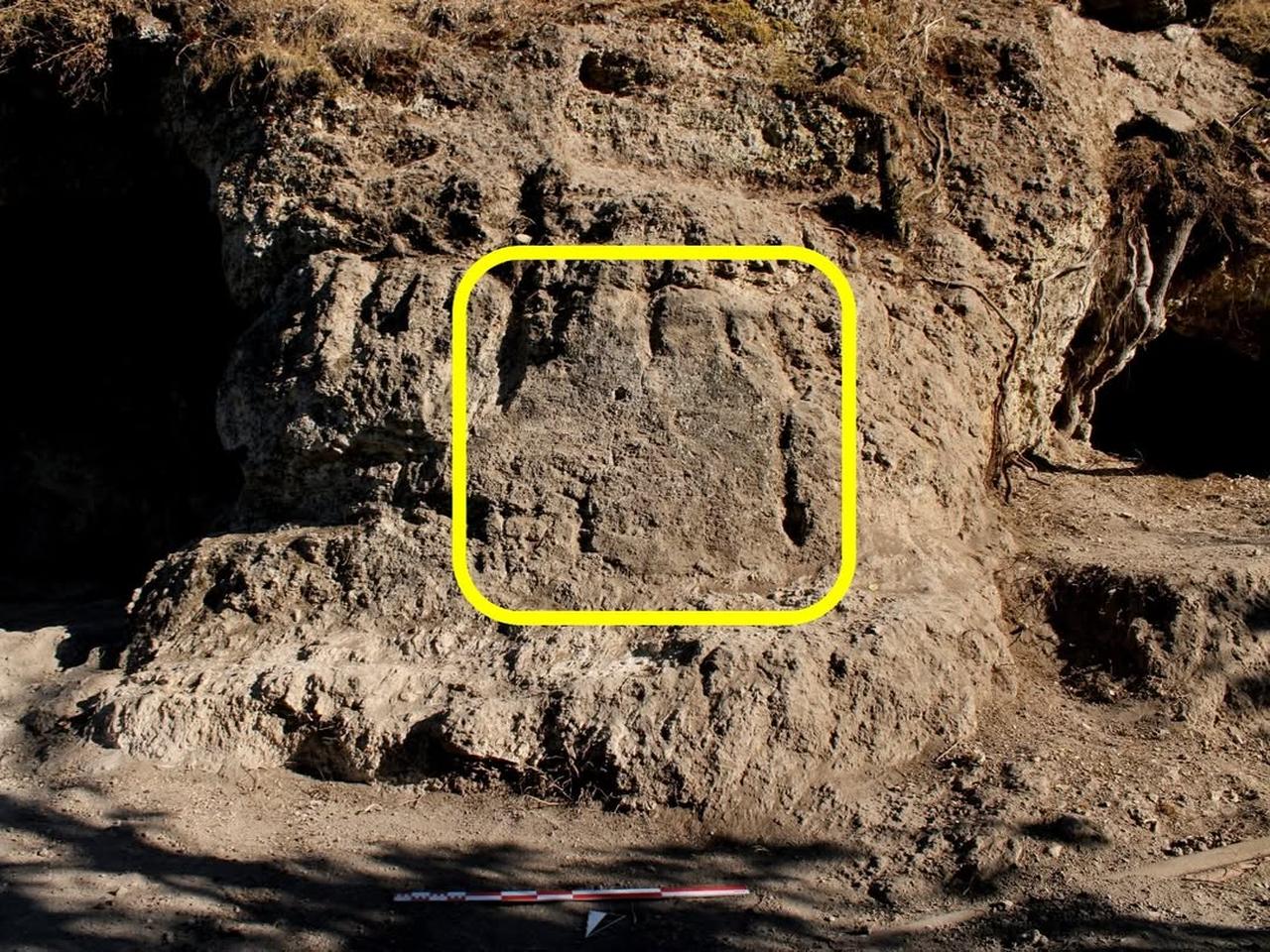
The team also documented numerous carved features associated with ritual offerings. Kolanci who spoke to Arkeolojihaber, “In addition to the structures and the twin rock idol, we have brought to light numerous rock-carved libation bowls, wells, and run-off channels associated with grain and liquid libations (offerings) made in fertility and harvest ceremonies dedicated to the Phrygian Mother Goddess Matar (Kybele) to honor nature’s abundance and the bounty bestowed by the goddess. Our excavations in the sacred area are ongoing.”
Libation refers to a ritual offering—often a poured liquid—made during worship; the bowls and channels help guide and collect these offerings during rites.
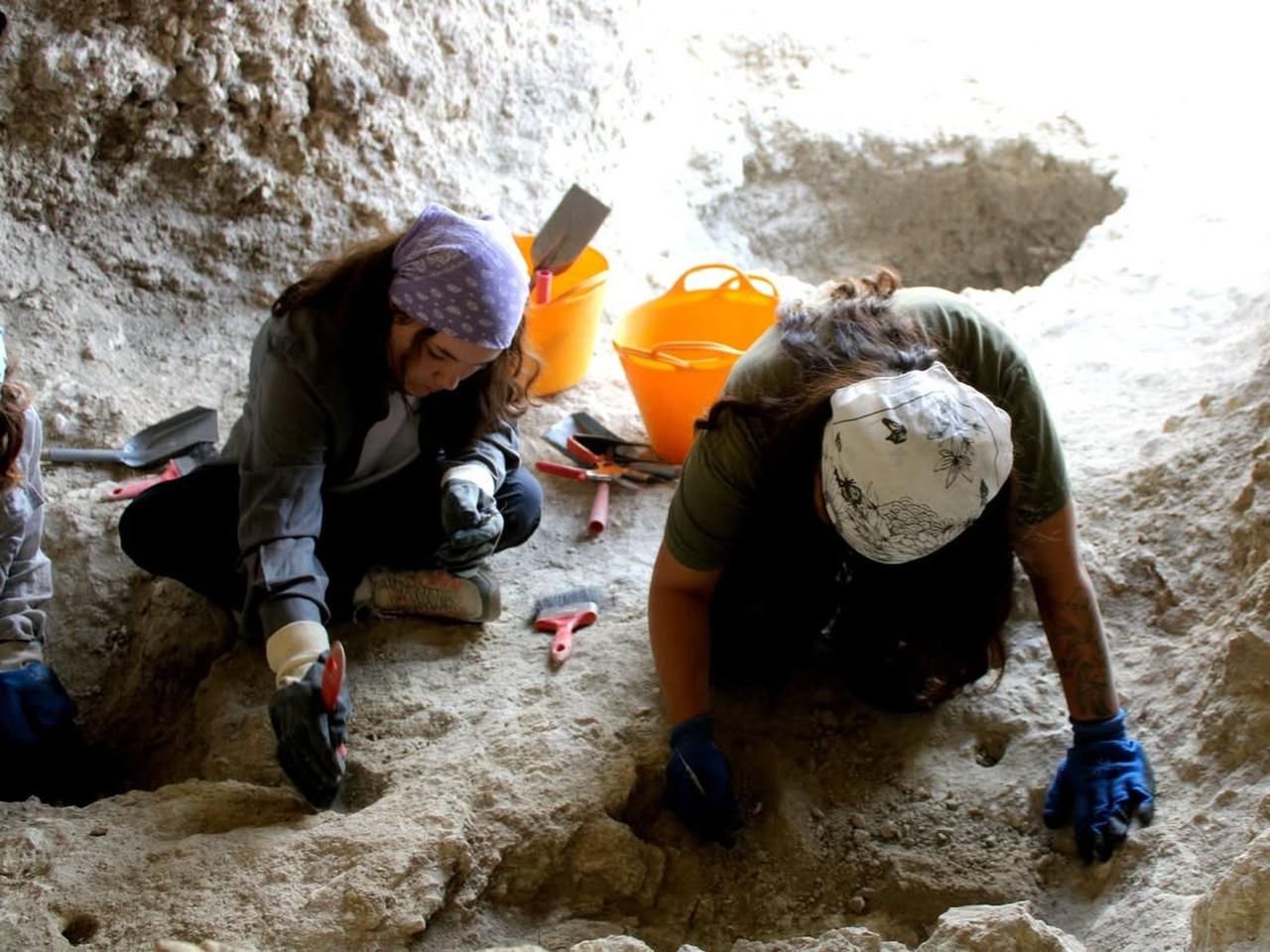
The open-air rock monument and the sacred cave frame the twin idol at the precinct’s heart, together outlining a ceremonial landscape where processions and offerings would have taken place.
The team notes that the configuration and dating align with Phrygian religious practice in western Anatolia during the early first millennium B.C.